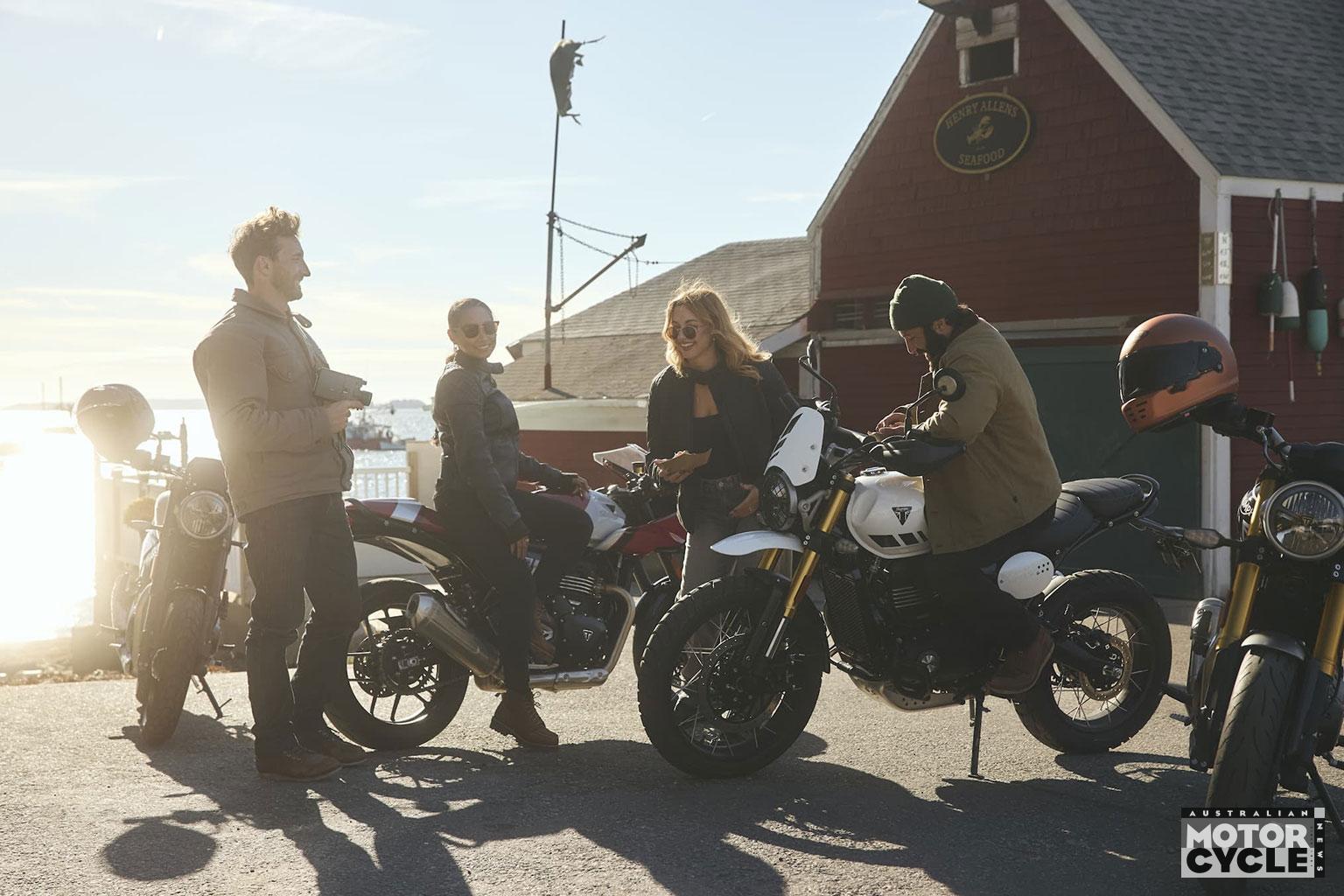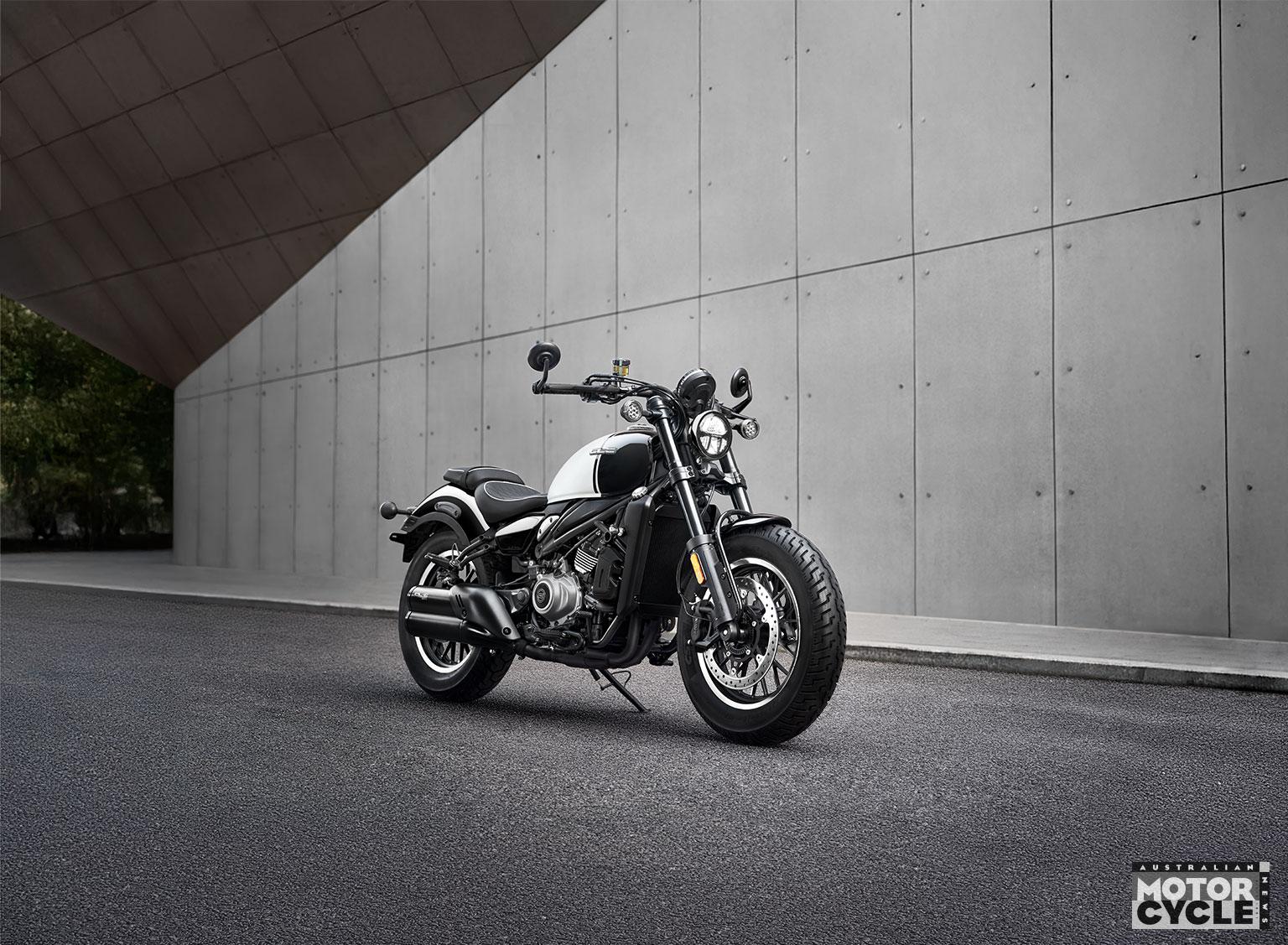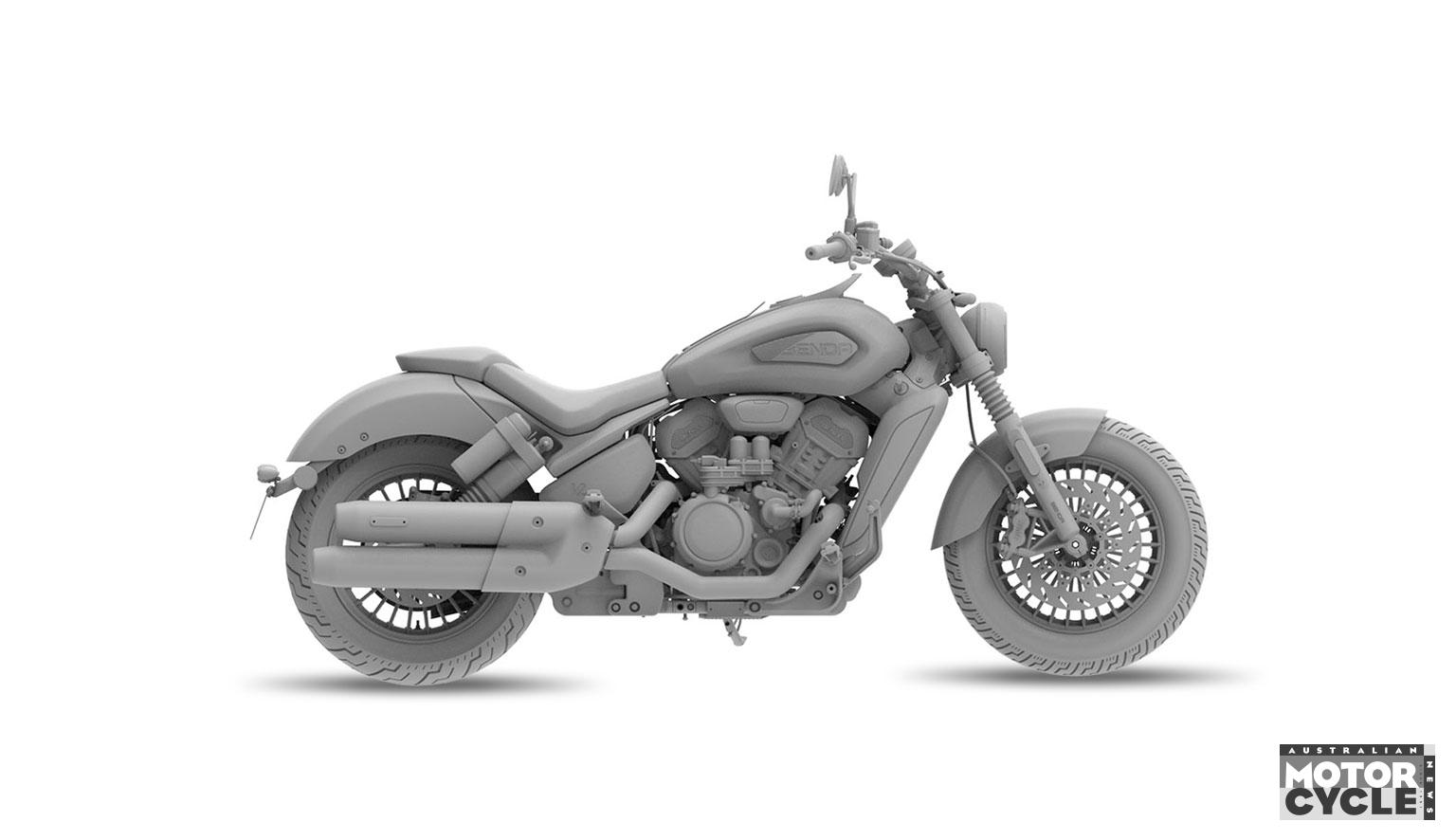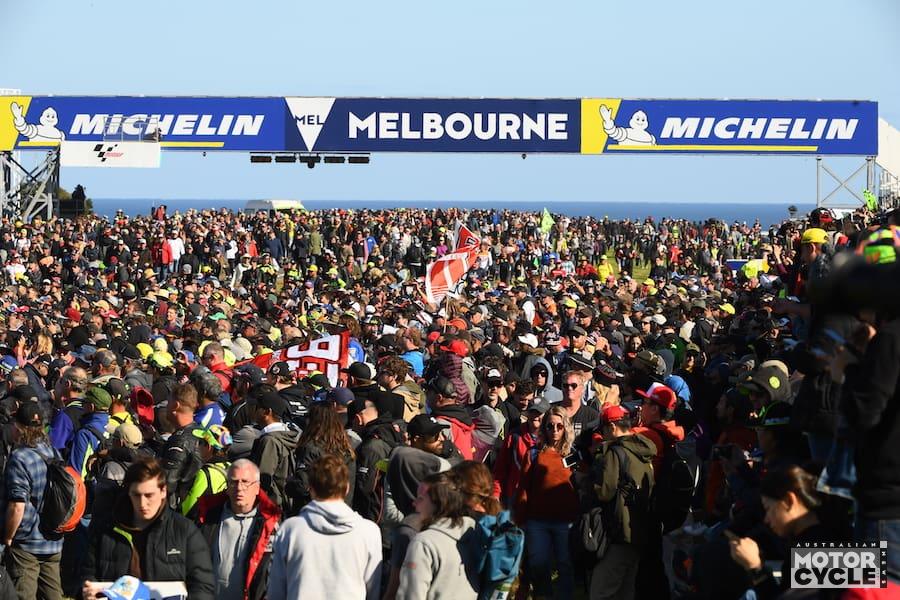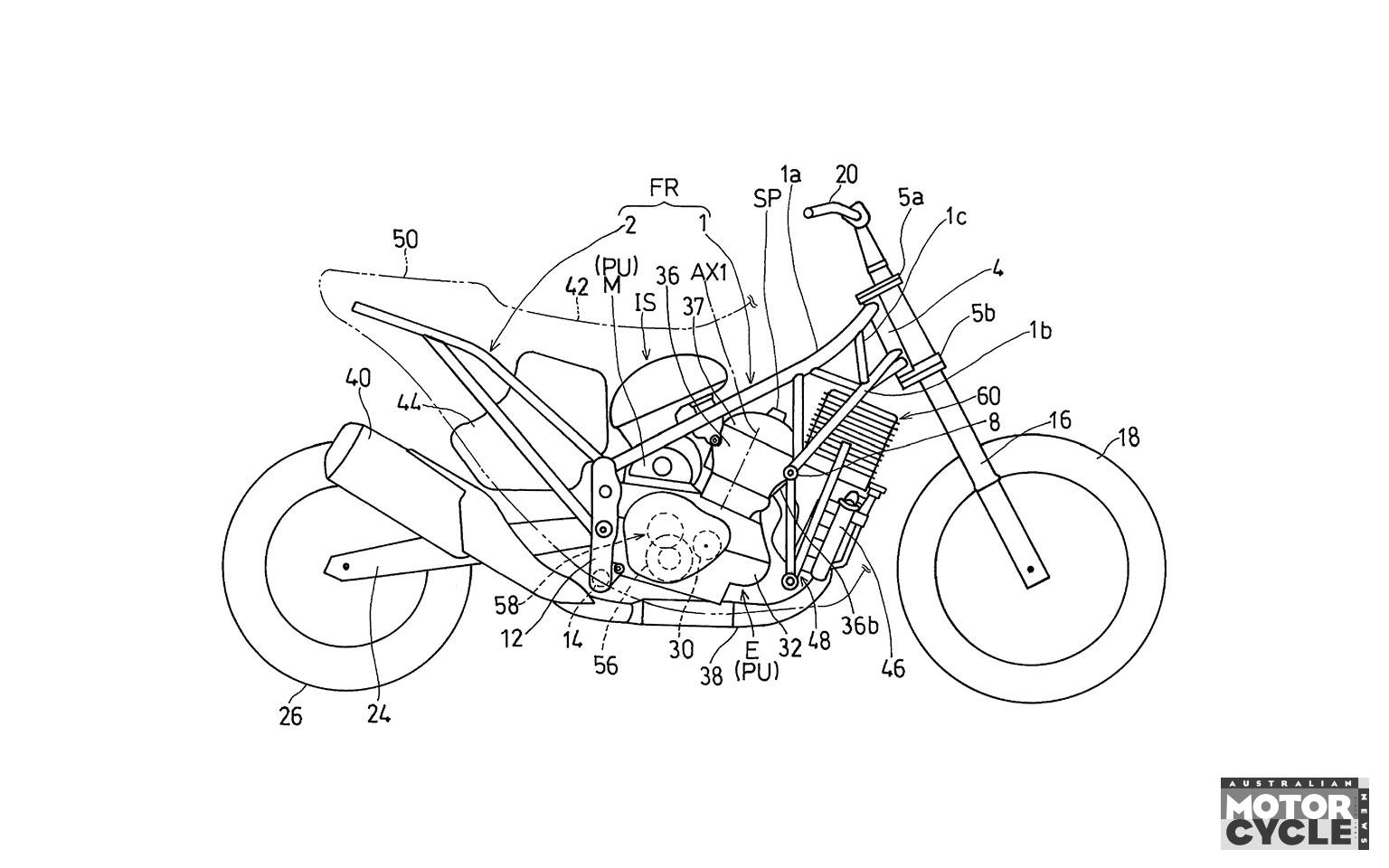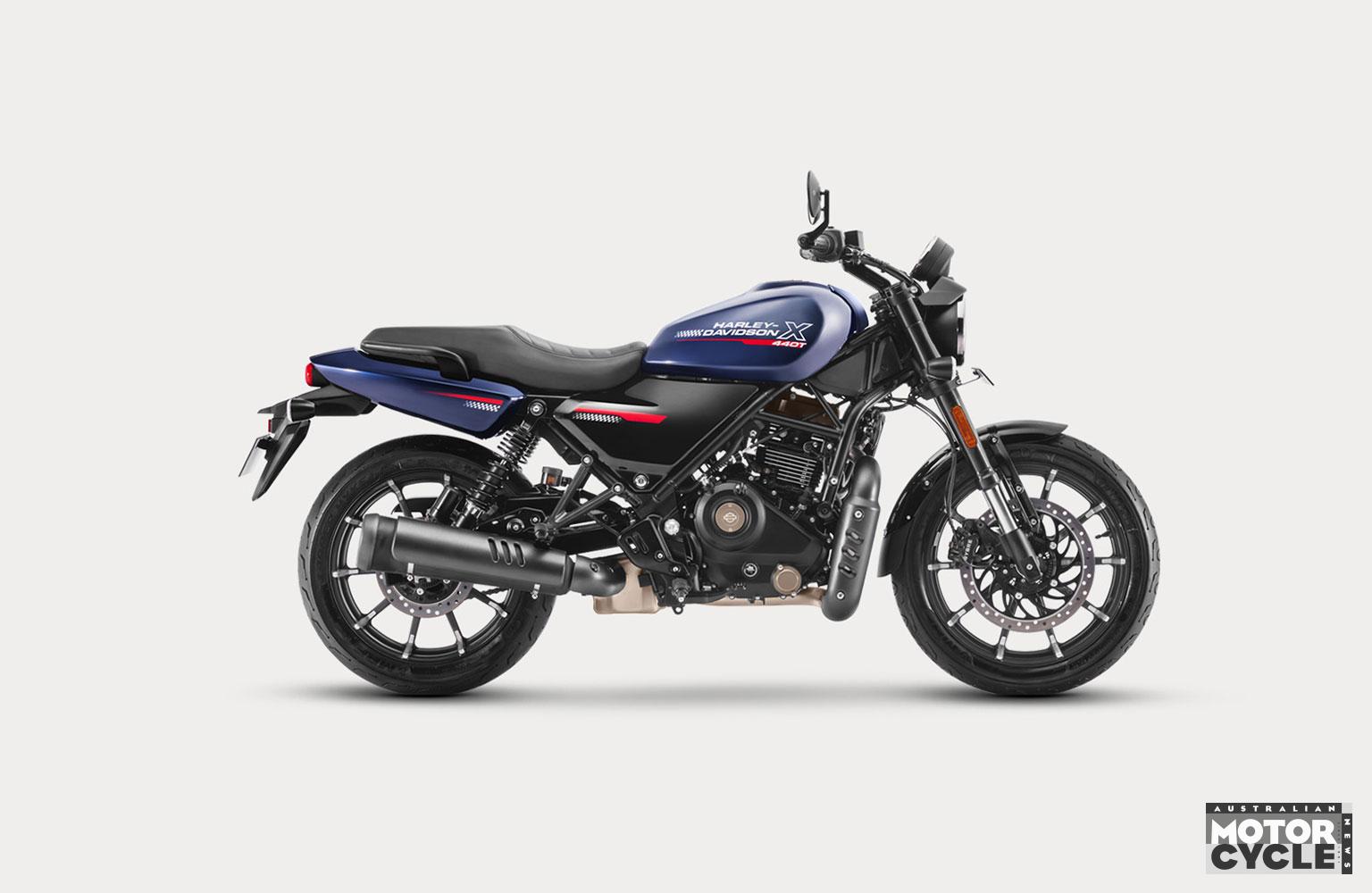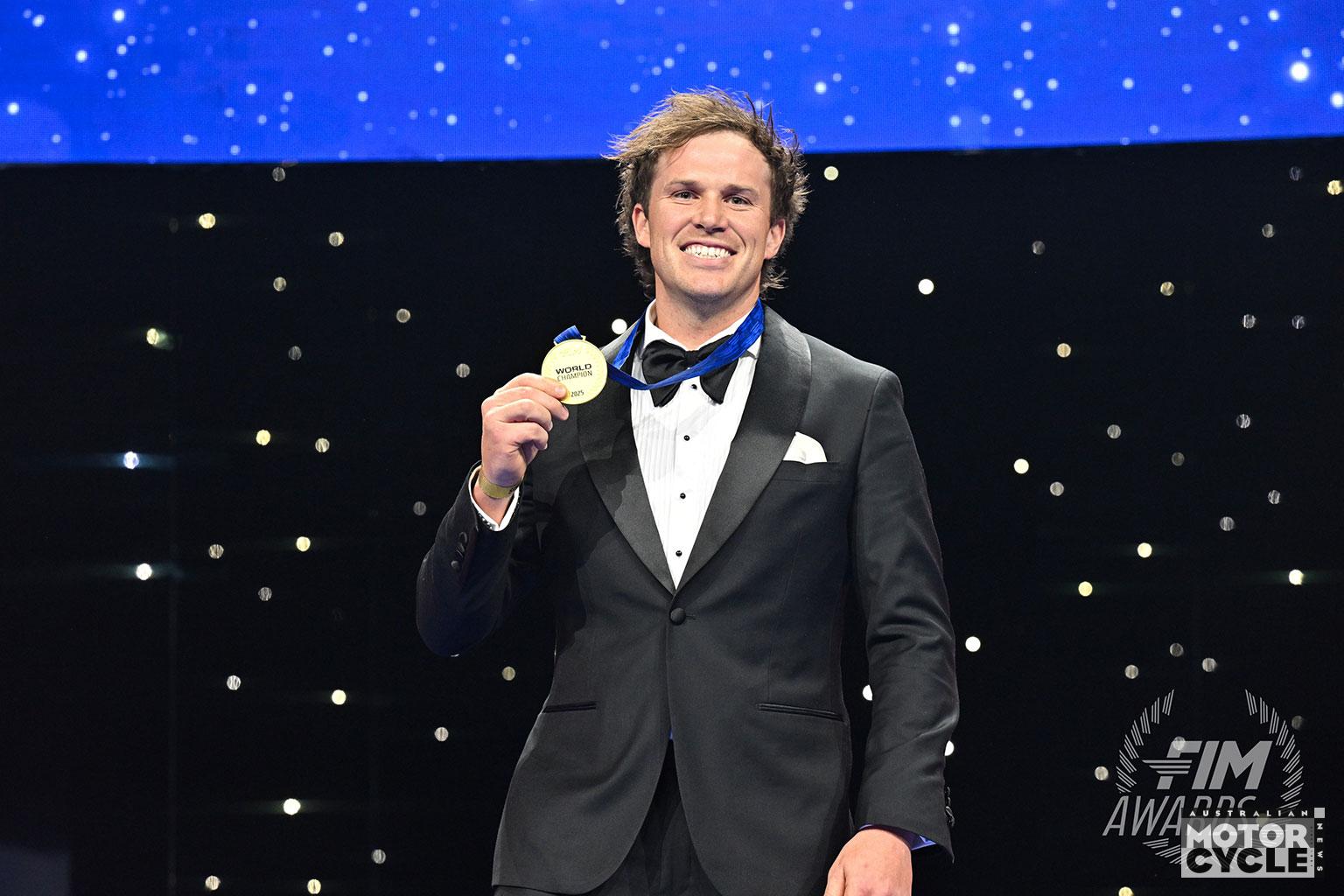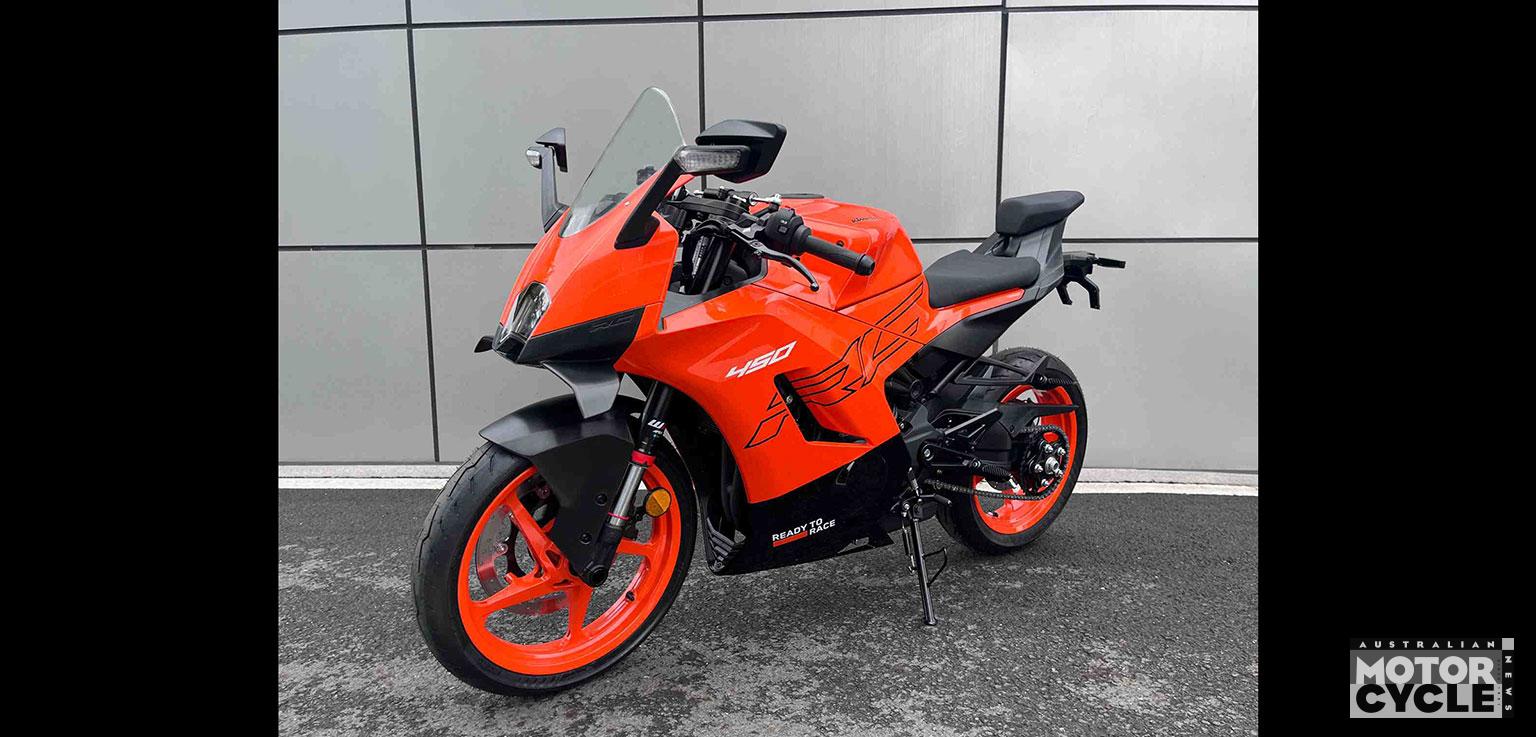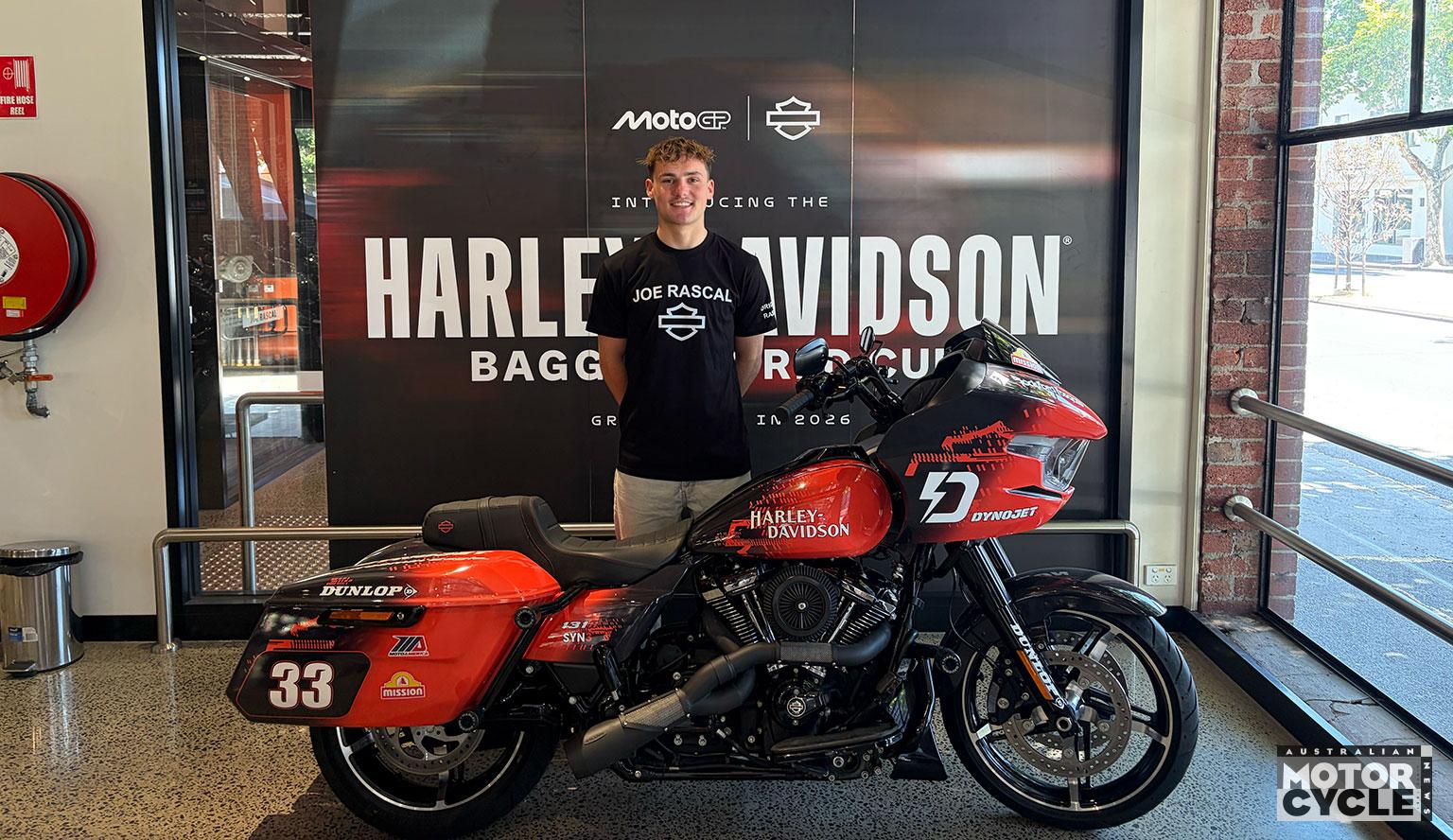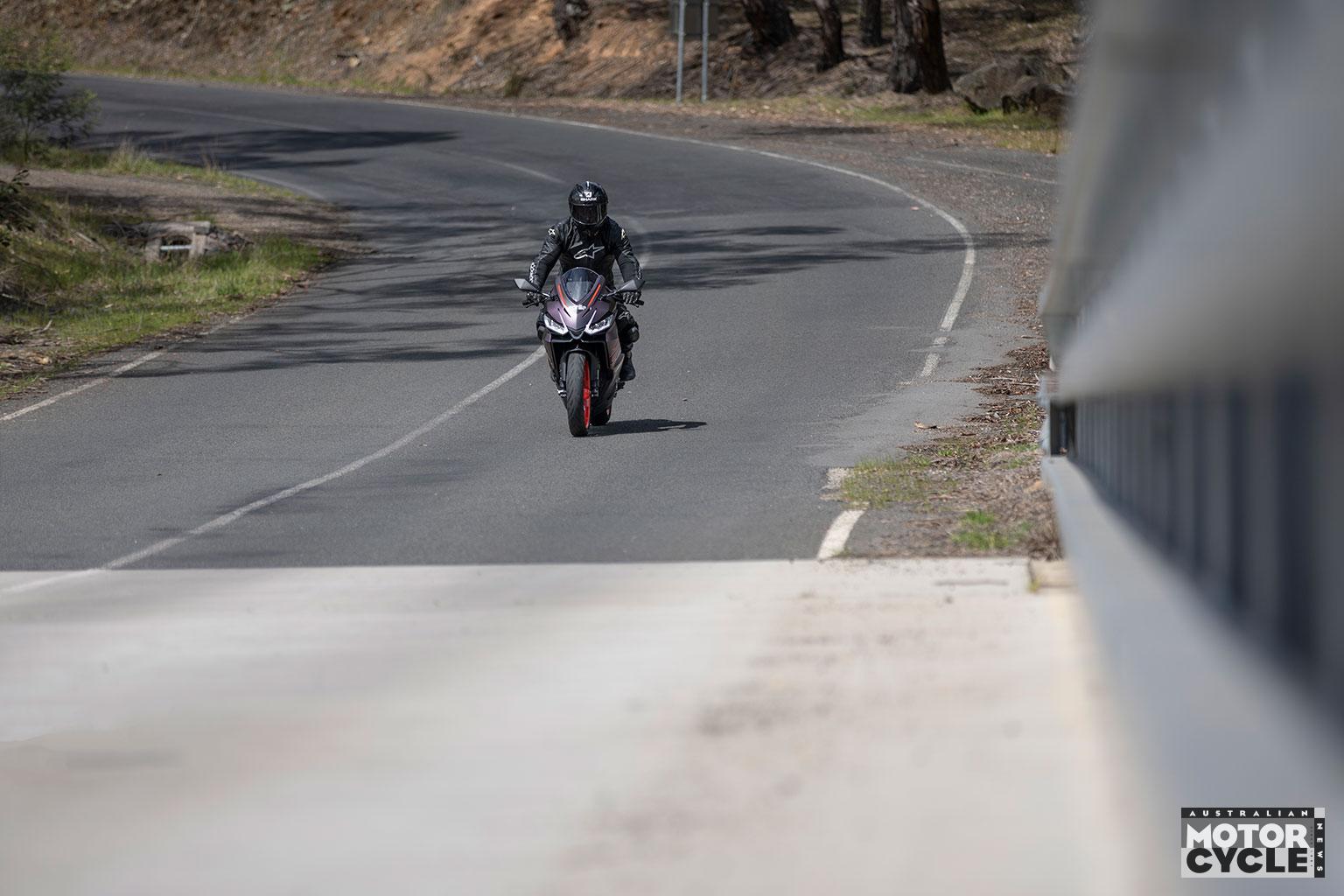Speed 400RR or Thruxton 400? Clearest look yet at baby cafe racer
Triumph struck gold with the launch of the Speed 400 and Scrambler 400X a year ago – attracting a whole new crowd of customers and creating a pair of instant best-sellers – and now it’s set to double its 400cc line-up with higher-spec versions of both bikes.
Let’s start with the Speed 400, which will be joined soon by this bullet-faired cafe racer version. The retro cafe racer style, complete with a racing cowl to give a single-seat look, paired with dropped ‘bars and a small, chassis-mounted fairing, gives a clear family tie to the Speed Triple RR, but also harks back to faired versions of the now-discontinued Thruxton. Triumph could opt for either title, calling it the Speed 400RR or the Thruxton 400.
Regardless of the final badge, it’s clear that it’s cashing in on the surprisingly strong interest in the company’s single-cylinder machines, which are manufactured in India in partnership with Bajaj.
In terms of specs, the new faired 400 is clearly closely related to the Speed 400, sharing the same 29.4kW (40hp), 398cc, DOHC engine and an unchanged spine/perimeter steel tube chassis, paired with a cast alloy swingarm and 43mm upside-down fork. The big difference comes in the revised riding position, with much lower, narrower ‘bars and new rear-set footpegs, pushing the rider into a much sportier, head-down crouch.
The fairing merges into a redesigned fuel tank, and the seat has a more rider-focused shape, with a distinct step to the pillion pad behind, itself covered in that removeable cowl on this prototype. The fairing, acting as a mount for both the headlight and instrument panel – each carried-over from the standard Speed 400 – means those components are now chassis-mounted instead of turning with the ‘bars, a change that should make the steering sharper even if the bike’s geometry is unchanged.
Below the seat, a redesigned side panel is just visible behind the rider’s leg, while a datalogger strapped to the seat and apparently wired to the engine or transmission suggests changes to the bike’s software or hardware, perhaps in the form of more riding modes or the addition of a quickshifter.
The increased specification means the new model, like the Scrambler 400XE seen testing alongside it, will cost more than the Speed 400, while still being firmly at the budget end of Triumph’s line-up.
High-spec Scrambler 400XE spotted
More off-road focus includes crash protection and tubeless wire wheels
A RACE TRACK is perhaps the last place you’d expect to see Triumph’s baby Scrambler being tested – but it’s an indication of how serious the British firm is on upgrading this popular model. We busted this higher-spec ‘XE’ version of the Scrambler 400 being track-tested alongside the upcoming cafe version of the Speed 400.
Like the Speed 400, the Scrambler 400X now looks set to get an uprated spin-off. We reckon it will be an XE version and our spy shots confirm it will have a more rugged, off-road look.
The new prototype isn’t a huge redesign, and many of the parts are harvested from Triumph’s existing accessory catalogue.
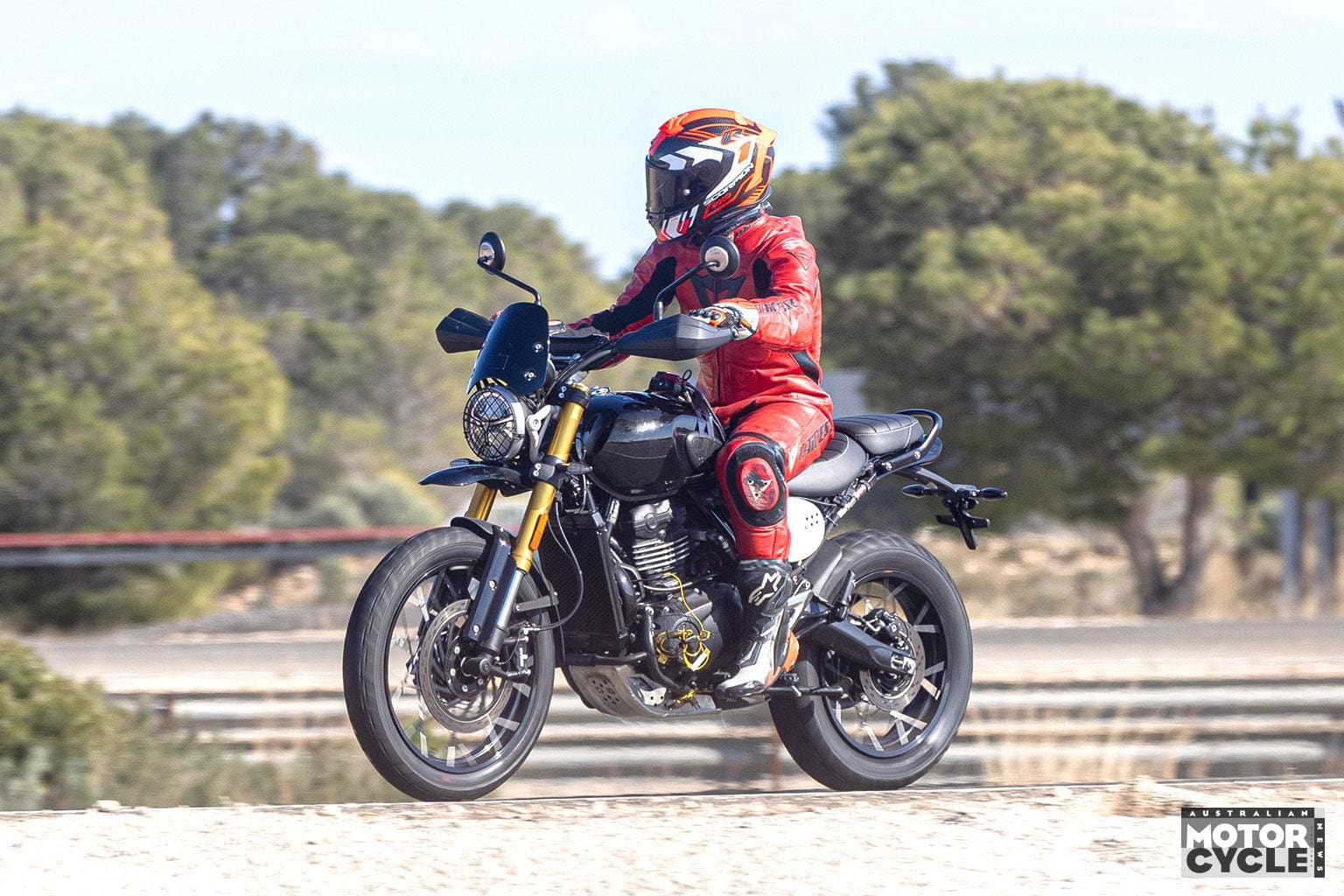
Add-ons include the high mudguard (normally $181.65), lower engine bars ($198.95), sump guard ($274.20) and screen ($207.82) with its associated fitting kit ($93.15).
So you could already create a Scrambler 400X in that form, increasing its price from $9990 to $10,945.77 in the process. But one element that isn’t offered as an official extra, yet appears on the new prototype, is the addition of wire wheels with outboard spokes.
This feature not only allows the use of tubeless tyres but also gives the visual impression of a larger diameter, thanks to the longer spokes needed to run all the way to the edge of the wheel rims. Despite the impression those long spokes give, it appears that the Scrambler 400XE (as it’s likely to be called, in line with the larger Scrambler models), has the same 19-inch front and 17-inch rear rim diameters as the standard, alloy-wheeled model.
A yellow wire snaking down the side of the engine, and a lashed-on unit with additional connections mounted atop the fuel tank, indicate there are other unseen developments being tested here as well – perhaps additional riding modes or traction control settings.
As we reported last issue, Triumph’s 400cc singles have been an unqualified success in the past year – outselling the rest of the brand’s bikes and regularly topping the sales charts in the UK while grabbing a bigger slice of the huge market in India and Asia.
